EV production in the US is facing headwinds from both weakening demand and foreign competition.
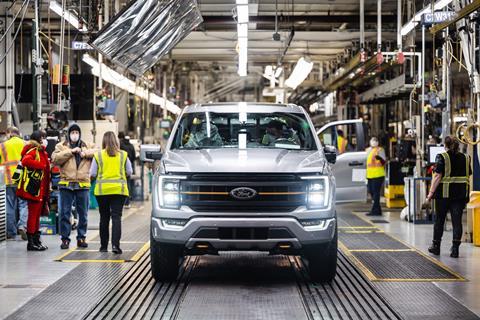
President Biden’s Inflation Reduction Act has provided billions of dollars in direct and indirect subsidies for EV production in the US. Volkswagen has, for example, directed battery production investment to the region, delaying investment in Europe. Toyota too has accelerated its investment plans for EV and battery production in the US. ICE investment – in which GM has spent big in recent times – is slowing.
Managing costs
The short-term picture is however somewhat more complex, and not just with slowing EV production. In January, reports emerged that Nissan had told suppliers on the current Rogue crossover that unless they agreed to cutting costs by at least 20% then production of the next model (due in 2026) could move to Japan, from where some Rogues have always been imported. Nissan has reportedly told US suppliers that it can build the Rogue in Japan at a 20% lower cost than in the US and some existing suppliers were asked for cost reductions of 30%. Such discussions are typical when a VM is planning a new model. Critically the company is likely to have spare capacity in its Kyushu factory where Nissan builds the Rogue in Japan; some production in Japan is likely to shift in part to China, a clear threat to US output.
Currently the Rogue accounts for something like 35-40% of the output at Smyrna in Tennessee, having seen just over 178,000 come off the assembly line in 2023. Rogue production had fallen to c90,000 in 2020 and has taken three years to get to its 2023 volume, a historic high for the model in the US. Switching production back to Japan would not, based on history, be all that surprising, especially for an ICE or hybrid model. Moreover, as ICE production falls worldwide, all VMs, Nissan included, will inevitably look to maximise utilisation of its home factories, and use its cheaper manufacturing locations, i.e. in China, where possible. Nissan’s Chinese plants have, moreover, long been recognised as its most cost and industrially efficient operations.
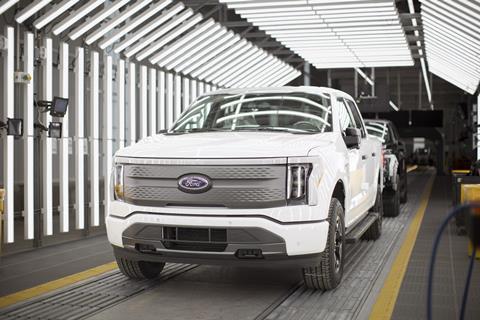
EV demand at lower levels than expected
While uncertainty prevails at Nissan, the switch to EVs at Ford is not going entirely smoothly. In the middle of 2023 Ford stated that it would raise production of the F-150 Lightning electric pick-up by three times, as raw material costs fell. However, in January 2024 it effectively announced a reversal of this decision; from April production of the Lightning will fall to just one shift a day, having been cut from three to shifts in October. Having made 3,200 units a week in mid-2023, production will now run at half that, i.e. 1,600 a week. Moreover, although Lightning sales had risen 55% in 2023 over 2022, the c24,000 units sold in 2023 amounted to only 3.2% of the c751,00 F-series which Ford sold in 2023. Ford also confirmed it was still making far more money on an ICE F-150 than on an electric version. Assembly line workers on the Lightning in Michigan and at Kansas City will shift to other tasks, and a proportion will be laid off for an indeterminate period, although Ford attributed the layoff to parts shortages. Meanwhile Ford is adding 900 jobs to boost production of the smaller ICE vehicles, Bronco and Ranger, adding a third shift at its Wayne assembly plant in Michigan.
The slowdown in EV production is also significant in terms of investment trends, with press reports quoting CEO Jim Farley that it would lead to a delay of US$12 billion in spending on EVs, although it is not clear for how long the delay will last. GM too is also slowing EV spending.
Increasing competition from outside the US
And while manufacturers in the US grapple with embedded cost structures (as at Nissan) and slow EV demand (e.g. at Ford), the threat from China remains. The US already imposes a 25% tariff on Chinese vehicle imports, on top of the standard 2.5% vehicle import duty; the provisions of the Inflation Reduction Act make it even more uneconomic to import EVs as locally made EVs attract tax credits provided they meet certain local content requirements for battery parts. Nonetheless, there is a fear in the US, amongst politicians and the auto industry alike, that the Chinese will find a way into the US market; so far, plans by companies such as BYD to make cars in the US have come to nothing, although BYD is reportedly looking assembling vehicles in Mexico.
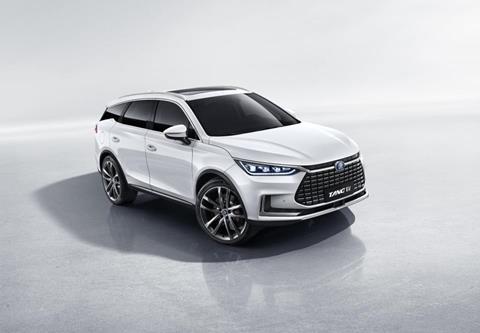
Truck company JAC already produces in Mexico and will shortly expand into EV production. Several Chinese component companies have already located in Mexico and indeed within the US where a number of Chinese suppliers are already operating. Many of these are small scale, such as Jing-Jin Electric, which is expanding its Michigan operations, adding 100 jobs, to support a new contract with an undisclosed company. These “under the radar” investments will be accepted, often without fanfare, but this will not stop even the ostensibly internationalist Biden administration from looking at restricting Chinese companies’ access to the US market.
Measures to limit the import of not just electric vehicles but also components are being considered. These rules would include preventing Chinese made components being shipped to Mexico and then assembled into EVs for export to the US. Of particular concern to the US authorities are internet-connected, “smart” systems, of which there are an increasing number in modern cars. Put simply, the US authorities do not want US consumers driving cars around the country which could be transmitting information back to China. Justification for this approach comes, according to a US government spokesman quoted in Automotive News, in the form of the Chinese government banning Teslas (including presumably Chinese-made models) from being driven near sensitive government sites.
It is clear that the US automotive industry is facing a number of new challenges, the implications of which have not been fully worked through; production of conventional vehicles (the next Rogue for example) is under review; production of EVs is slowing and Ford is actually looking to increase ICE truck production; and protectionist measures to prevent the Chinese from firming up their position in the US market are likely to increase in the coming months and years. Quite how all this will work out remains to be seen; as someone once said, “may you live in interesting times”, something which is certainly true right now for the US auto sector.





























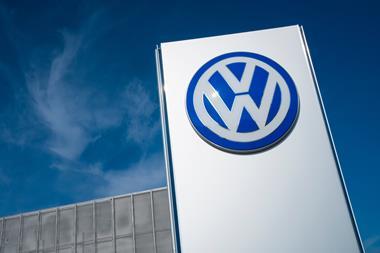


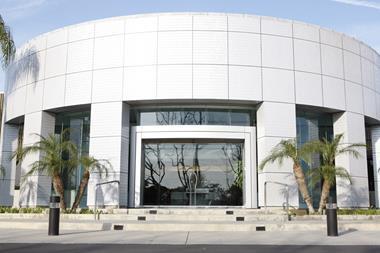
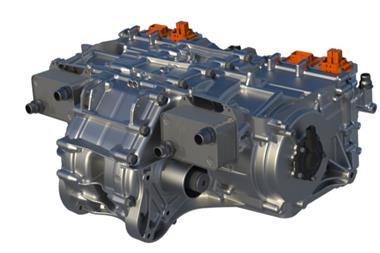




No comments yet